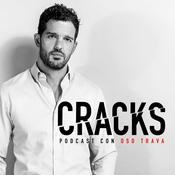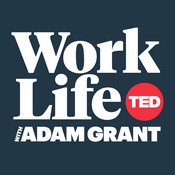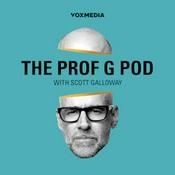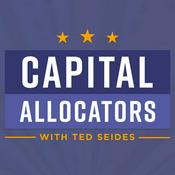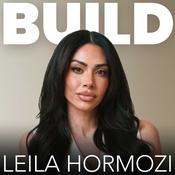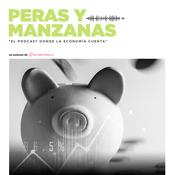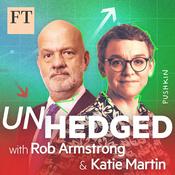131 episodios
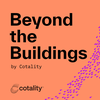
What do 2025 global housing market trends mean for next year?
17/12/2025 | 30 min
The year 2025 was marked by stubbornly high interest rates and persistent supply challenges across the globe. However, not all markets moved in the same direction. - The U.S. market generally cooled off, with price growth slowing down and even falling in some areas. - Australia saw the housing market grow, fueled by three central bank rate cuts that helped buoy the market. - Still, unaffordability remains a barrier restricting homeownership access to homeownership for many. Links: Cotality Insights - https://www.cotality.com/insights

How did Washington’s housing plans play out in 2025?
03/12/2025 | 23 min
2025 saw a variety of legislative proposals aimed at thawing the U.S. housing market and helping relieve persistent unaffordability. - Ideas like 50-year mortgage terms and portable loans target affordability and the lock-in effect, but face hurdles regarding high interest costs and secondary market feasibility. - The ROAD to Housing bill and light-touch density zoning aim to incrementally boost inventory by incentivizing “missing middle" development. - Escalating natural disaster frequency is intersecting with a shift toward state-based aid, threatening housing resilience and stability. Links: Cotality Insights https://www.cotality.com/insights Cotality home price indexes https://www.cotality.com/products/hpi-and-hpi-forecasts

Americans are moving to risky areas. What will it cost them?
19/11/2025 | 29 min
Environmental risks are accelerating in ways the housing market can’t ignore. At the same time affordability pressures and insurance challenges are reshaping where and how Americans can live. - Natural disasters are starting to influence people’s choice of home. Part of it is safety. A lot of it is price. Still, awareness has not yet tipped the scales, and people continue to move to these popular, but risky, regions. - There are signals that people are shifting where they're migrating to. Just look at Florida where the number of new arrivals has slowed in recent years. - Investing in resilience measures before a disaster strikes can help ease the financial burden of a catastrophe. But how much depends on when — and where — you make that investment. Links: Cotality Insights https://www.cotality.com/insights Climate at Cotality https://www.cotality.com/climate

Rethinking property resilience with NASA JPL
05/11/2025 | 32 min
- The NASA Jet Propulsion Laboratory-Cotality report, an 18-month effort, provides a structural risk assessment, projecting potential loss from perils over 100-years. - Cotality and NASA used digital twins to model “what if” scenarios, turning data into actionable insights for planning and resilience. - Property-level hazard assessments could become a standard practice for federal agencies and large institutions looking to proactively prepare their facilities for the changing environment. Links: Cotality Insights https://www.cotality.com/insights Climate at Cotality https://www.cotality.com/climate

What’s really scary about buying a home in 2025?
22/10/2025 | 25 min
The U.S. housing market is facing several “spooky” challenges. Rising costs, higher interest rates, and a growing economic uncertainty are presenting a scary reality homeowners and buyers. These factors are shaping affordability and the way people approach buying and owning a home. - Property taxes have gone up about 30% on average across the U.S. This increase amounts to roughly $1,000 a year for some households. - Rising interest rates are a primary driver of higher rents. When mortgage rates increase, they price out potential homeowners, which increases rental demand. - If a recession occurs, delinquency rates and foreclosures could go up, but they are currently very low. Links: A 13-stop tour of some of the most haunted US places https://www.cotality.com/insights/articles/13-stop-tour-most-haunted-us-places Cotality Insights https://www.cotality.com/insights
Más podcasts de Economía y empresa
Podcasts a la moda de Economía y empresa
Acerca de Beyond the Buildings
Escucha Beyond the Buildings, The Diary Of A CEO with Steven Bartlett y muchos más podcasts de todo el mundo con la aplicación de radio.net

Descarga la app gratuita: radio.net
- Añadir radios y podcasts a favoritos
- Transmisión por Wi-Fi y Bluetooth
- Carplay & Android Auto compatible
- Muchas otras funciones de la app
Descarga la app gratuita: radio.net
- Añadir radios y podcasts a favoritos
- Transmisión por Wi-Fi y Bluetooth
- Carplay & Android Auto compatible
- Muchas otras funciones de la app


Beyond the Buildings
Descarga la app,
Escucha.



